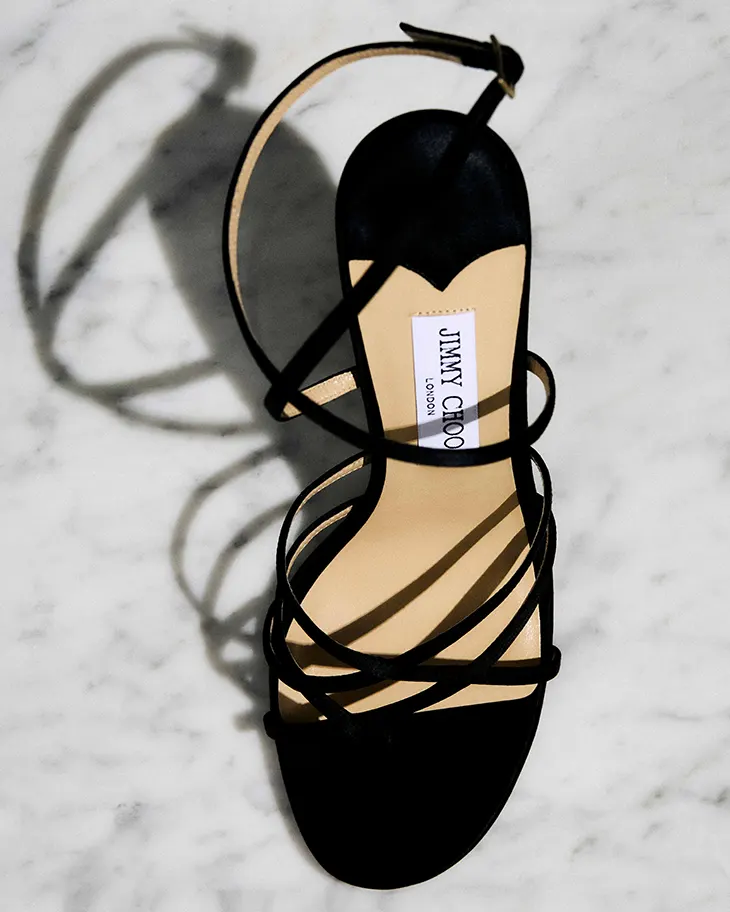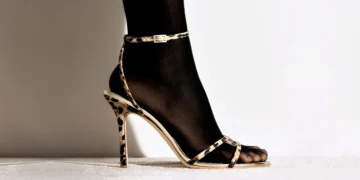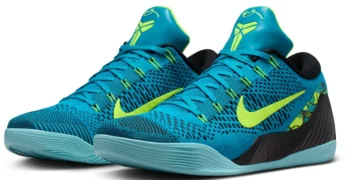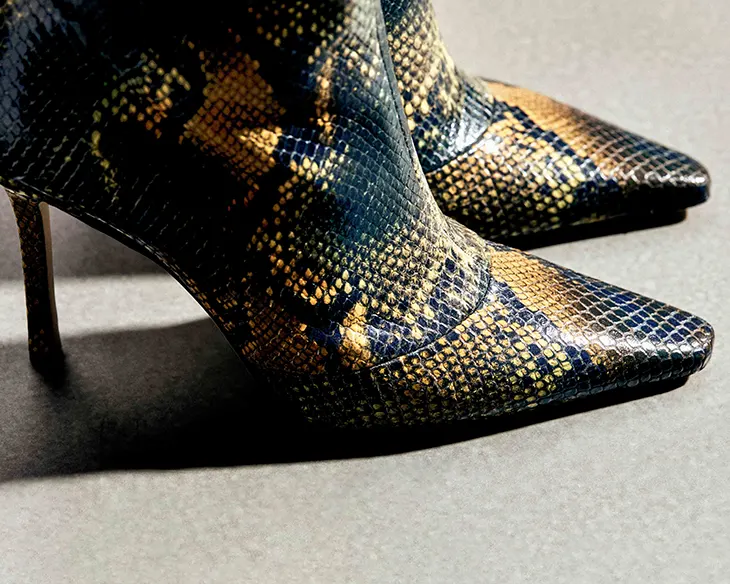
Jimmy Choo approaches its 30th anniversary by revisiting the early years that defined its visual and creative DNA. The brand reactivates its archive with a focused selection of eight shoes from 1997 to 2001, bringing back silhouettes that introduced its signature vision of glamour, femininity, and craft. The collection doesn’t aim to replicate the past, it shows how the foundation laid then still connects to how the brand designs today.
SHOES
Creative Director Sandra Choi collaborated with designer Conner Ives and curator Alexander Fury to build the edit. Together, they selected pieces that marked the beginning of Jimmy Choo’s ready-to-wear journey, moving from bespoke work for private clients, including Princess Diana, into the orbit of global fashion.
View this post on Instagram
Each style in the archive reflects a core Jimmy Choo idea. The Strappy, taken from the very first Spring Summer 1997 collection, plays with line and exposure, its thong sandal base meets with minimal straps cut to contour the leg. The Slide, introduced in 1999, responds to shifting attitudes toward dress codes: a flat mule in mint nubuck with a sharp silhouette, perfect for both casual and formal settings.
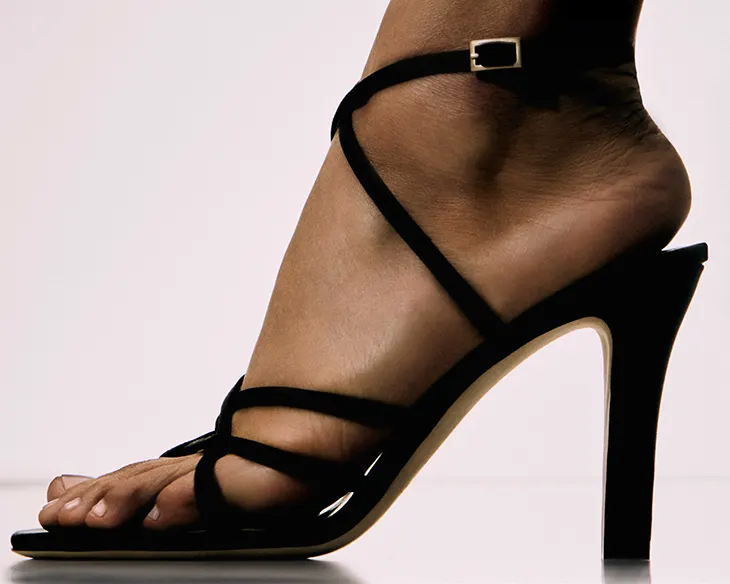
Carrie Bradshaw’s cultural impact remains central to this project. The 72138, designed in 1998, became iconic after Sarah Jessica Parker’s character lost a pair in Sex and the City. The reissued version stays true to the original, lilac suede with dreamlike feathers, marking the first time it’s returned to production since its debut.
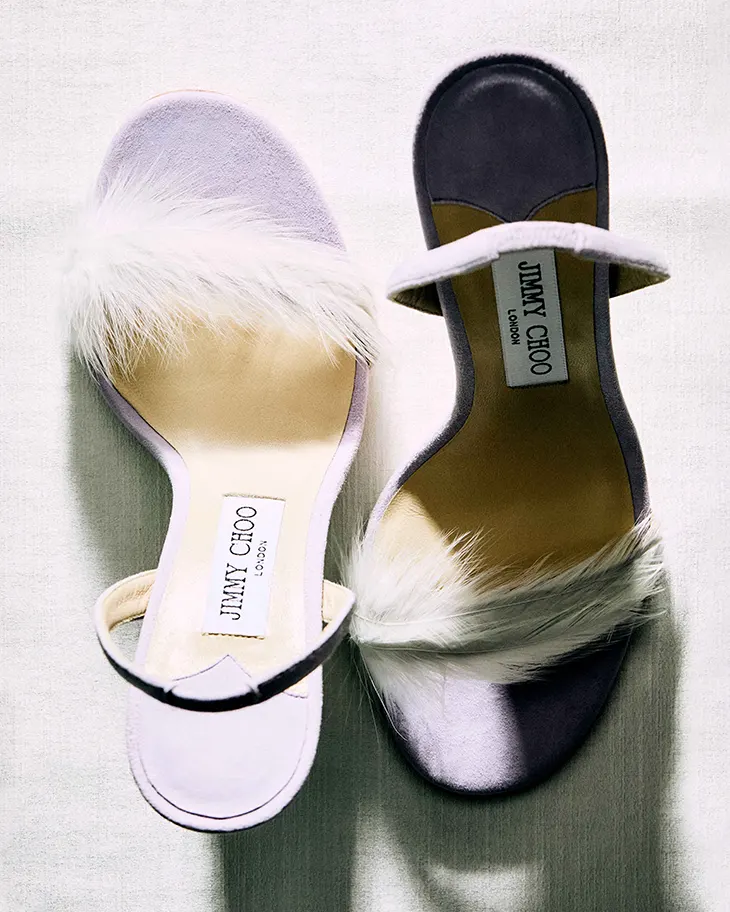
Jimmy Choo has always played with contradiction. While glamour and femininity guide the house, there’s a consistent streak of pragmatism and energy running through its designs. The Boot, originally featured in a 2000 Raymond Meier campaign, reappears in python-print leather. Its shape projects movement and assertiveness.
The Leo, launched in 1998, brought leopard-print grosgrain into the spotlight. Carrie Bradshaw also wore it in the opening scene of Sex and the City, cementing its place in fashion memory. The Bow, from 2000, builds on this by layering textures, snake-embossed leather and a spotted print tied with thin leather bows. The result is unexpected, playful, and confident.
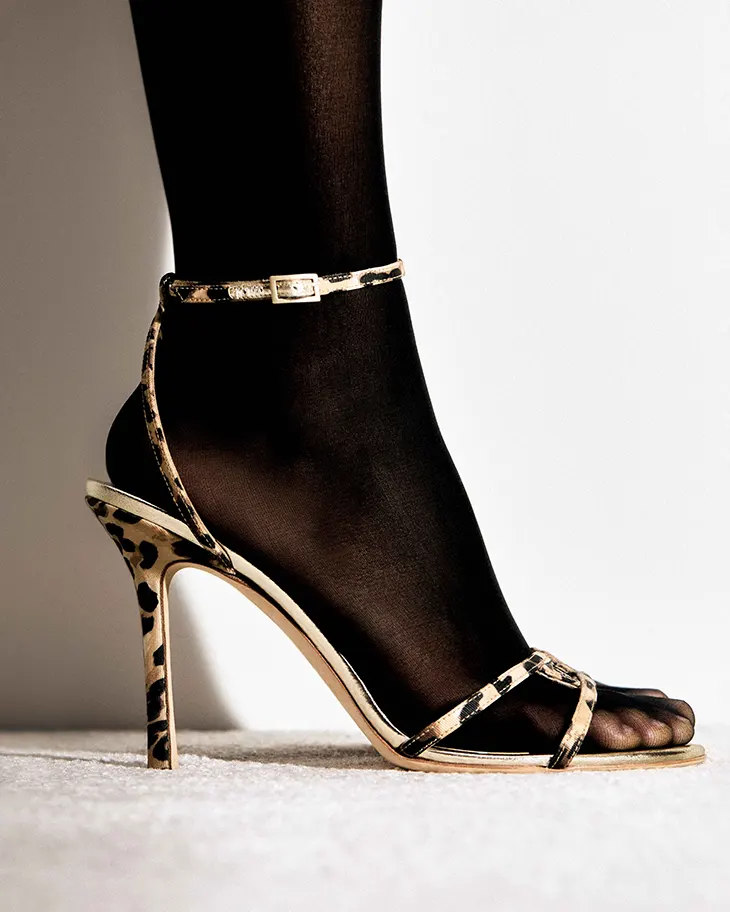
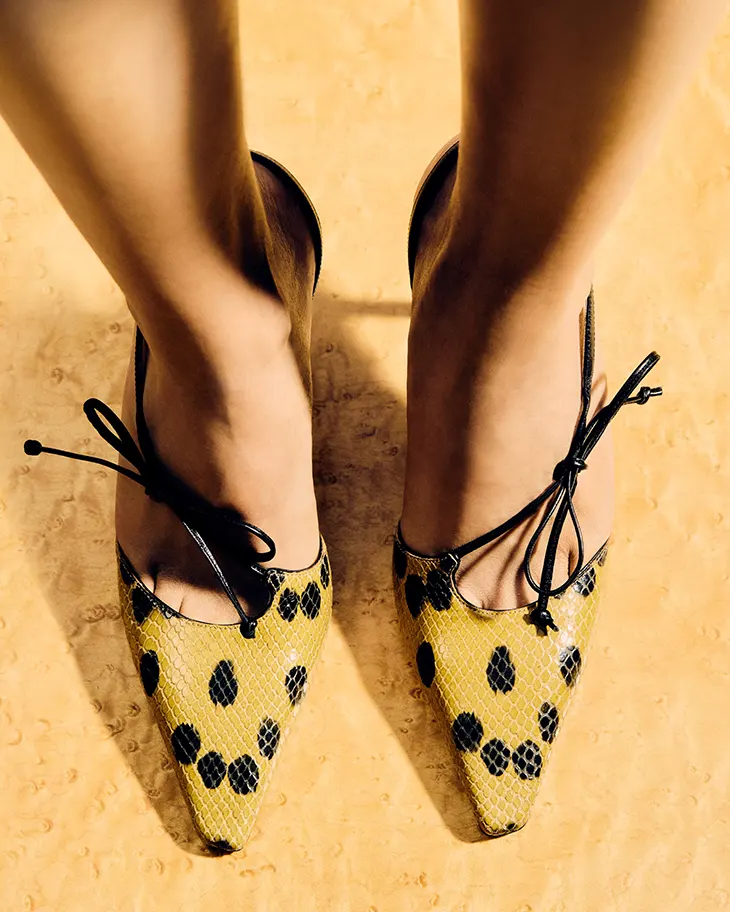
Jimmy Choo always treated the shoe as more than a finishing touch. In this collection, that philosophy continues. The Thong draws on early-2000s obsessions with chain mail and asymmetry. Silvered links wrap the vamp, referencing the handkerchief tops popular at the time. The style moves beyond decoration into structural emphasis.
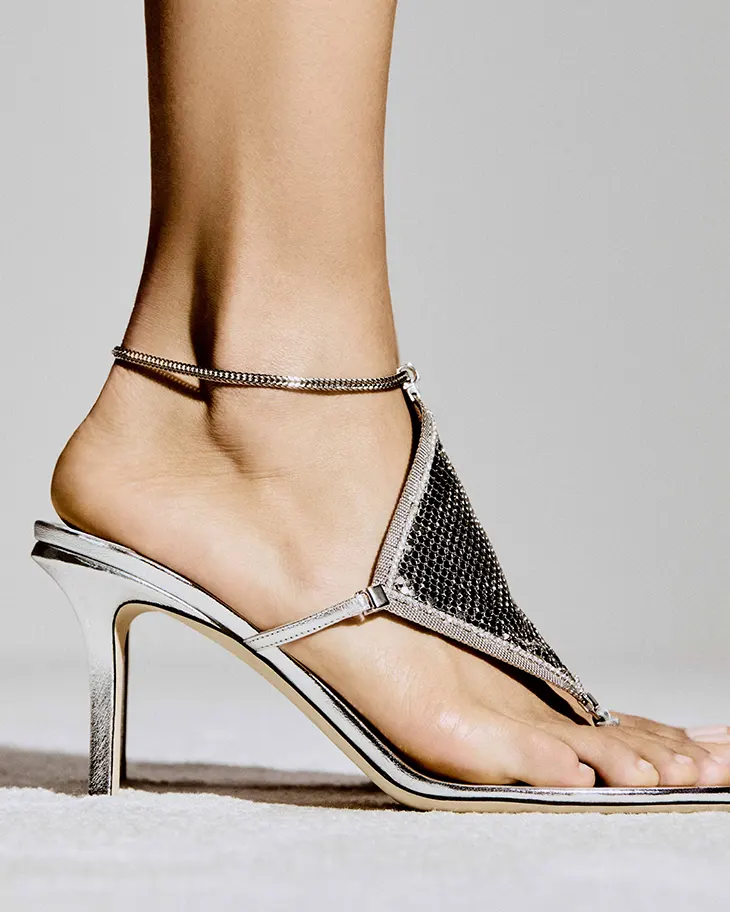
The Flower, released in 2001, finishes the edit. A soft corsage caps the toe of a delicate sandal in metallic nappa. The flower feels like it floats above the foot, a design detail as light as it is deliberate.
While the eight designs come from a specific moment in time, they still feel current. Instead of looking back for nostalgia, Jimmy Choo uses this archive to map continuity. The same ideas, glamour, precision, surface tension, sensuality, still define how the house designs now.
